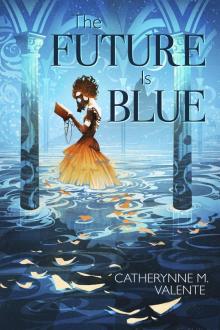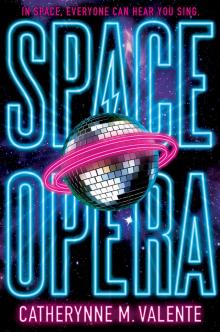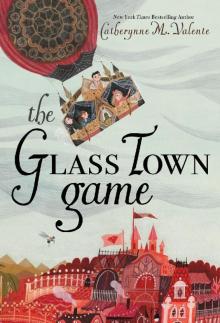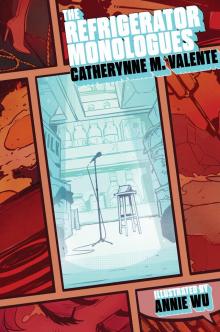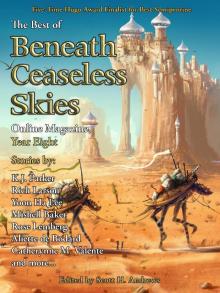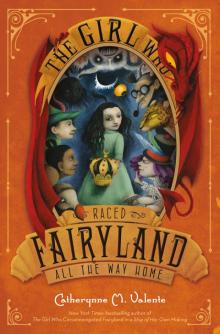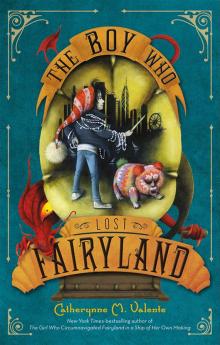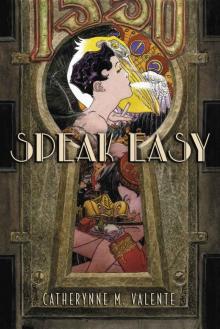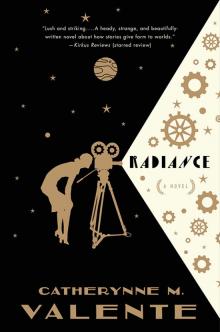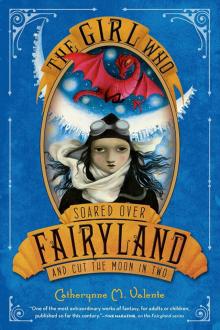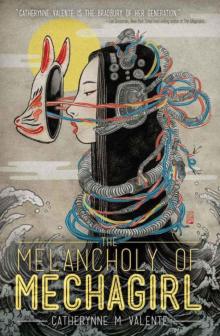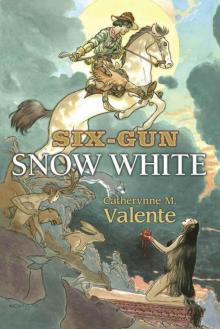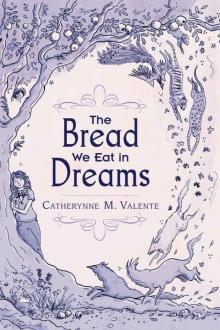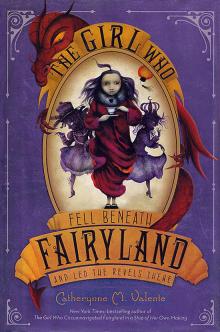


The Book of Lost Tales, Part One
J. R. R. Tolkien
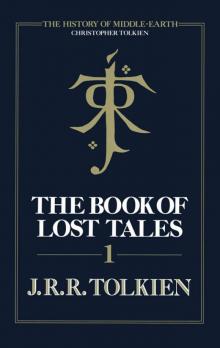
J. R. R. Tolkien
The Book of Lost Tales
Part I
Christopher Tolkien
Contents
Cover
Title Page
Foreword
I The Cottage of Lost Play
Notes
Commentary
II The Music of The Ainur
Notes
Commentaries
III The Coming of The Valar and the Building of Valinor
Notes
Commentary
IV The Chaining of Melko
Notes
Commentary
V The Coming of The Elves and the Making Of Kôr
Notes
Commentary
VI The Theft of Melko and the Darkening Of Valinor
Notes
Commentary
VII The Flight of The Noldoli
Notes
Commentary
VIII The Tale of The Sun and Moon
Notes
Commentary
IX The Hiding of Valinor
Notes
Commentary
X Gilfanon’s Tale: The Travail of The Noldoli and the Coming of Mankind
Notes
Appendix: Names in the Lost Tales—Part I
Short Glossary of Obsolete, Archaic, and Rare Words
Searchable Terms
Other Books by J.R.R. Tolkien
Copyright
About the Publisher
FOREWORD
The Book of Lost Tales, written between sixty and seventy years ago, was the first substantial work of imaginative literature by J. R. R. Tolkien, and the first emergence in narrative of the Valar, of the Children of Ilúvatar, Elves and Men, of the Dwarves and the Orcs, and of the lands in which their history is set, Valinor beyond the western ocean, and Middle-earth, the ‘Great Lands’ between the seas of east and west. Some fifty-seven years after my father ceased to work on the Lost Tales, The Silmarillion,* profoundly transformed from its distant forerunner, was published; and six years have passed since then. This Foreword seems a suitable opportunity to remark on some aspects of both works.
The Silmarillion is commonly said to be a ‘difficult’ book, needing explanation and guidance on how to ‘approach’ it; and in this it is contrasted to The Lord of the Rings. In Chapter 7 of his book The Road to Middle-earth Professor T. A. Shippey accepts that this is so (‘The Silmarillion could never be anything but hard to read’, p. 201), and expounds his view of why it should be. A complex discussion is not treated justly when it is extracted, but in his view the reasons are essentially two (p. 185). In the first place, there is in The Silmarillion no ‘mediation’ of the kind provided by the hobbits (so, in The Hobbit, ‘Bilbo acts as the link between modern times and the archaic world of dwarves and dragons’). My father was himself well aware that the absence of hobbits would be felt as a lack, were ‘The Silmarillion’ to be published—and not only by readers with a particular liking for them. In a letter written in 1956 (The Letters of J. R. R. Tolkien, p. 238), soon after the publication of The Lord of the Rings, he said:
I do not think it would have the appeal of the L.R.—no hobbits! Full of mythology, and elvishness, and all that ‘heigh stile’ (as Chaucer might say), which has been so little to the taste of many reviewers.
In ‘The Silmarillion’ the draught is pure and unmixed; and the reader is worlds away from such ‘mediation’, such a deliberate collison (far more than a matter of styles) as that produced in the meeting between King Théoden and Pippin and Merry in the ruins of Isengard:
‘Farewell, my hobbits! May we meet again in my house! There you shall sit beside me and tell me all that your hearts desire: the deeds of your grandsires, as far as you can reckon them…’
The hobbits bowed low. ‘So that is the King of Rohan!’ said Pippin in an undertone. ‘A fine old fellow. Very polite.’
In the second place,
Where The Silmarillion differs from Tolkien’s earlier works is in its refusal to accept novelistic convention. Most novels (including The Hobbit and The Lord of the Rings) pick a character to put in the foreground, like Frodo and Bilbo, and then tell the story as it happens to him. The novelist of course is inventing the story, and so retains omniscience: he can explain, or show, what is ‘really’ happening and contrast it with the limited perception of his character.
There is, then, and very evidently, a question of literary ‘taste’ (or literary ‘habituation’) involved; and also a question of literary ‘disappointment’—the ‘(mistaken) disappointment in those who wanted a second Lord of the Rings’ to which Professor Shippey refers. This has even produced a sense of outrage—in one case formulated to me in the words ‘It’s like the Old Testament!’: a dire condemnation against which, clearly, there can be no appeal (though this reader cannot have got very far before being overcome by the comparison). Of course, ‘The Silmarillion’ was intended to move the heart and the imagination, directly, and without peculiar effort or the possession of unusual faculties; but its mode is inherent, and it may be doubted whether any ‘approach’ to it can greatly aid those who find it unapproachable.
There is a third consideration (which Professor Shippey does not indeed advance in the same context):
One quality which [The Lord of the Rings] has in abundance is the Beowulfian ‘impression of depth’, created just as in the old epic by songs and digressions like Aragorn’s lay of Tinúviel, Sam Gamgee’s allusions to the Silmaril and the Iron Crown, Elrond’s account of Celebrimbor, and dozens more. This, however, is a quality of The Lord of the Rings, not of the inset stories. To tell these in their own right and expect them to retain the charm they got from their larger setting would be a terrible error, an error to which Tolkien would be more sensitive than any man alive. As he wrote in a revealing letter dated 20 September 1963:
I am doubtful myself about the undertaking [to write The Silmarillion]. Part of the attraction of The L.R. is, I think, due to the glimpses of a large history in the background: an attraction like that of viewing far off an unvisited island, or seeing the towers of a distant city gleaming in a sunlit mist. To go there is to destroy the magic, unless new unattainable vistas are again revealed. (Letters, p. 333)
To go there is to destroy the magic. As for the revealing of ‘new unattainable vistas’, the problem there—as Tolkien must have thought many times—was that in The Lord of the Rings Middle-earth was already old, with a vast weight of history behind it. The Silmarillion, though, in its longer form, was bound to begin at the beginning. How could ‘depth’ be created when you had nothing to reach further back to?
The letter quoted here certainly shows that my father felt this, or perhaps rather one should say, at times felt this, to be a problem. Nor was it a new thought: while he was writing The Lord of the Rings, in 1945, he said in a letter to me (Letters, p. 110):
A story must be told or there’ll be no story, yet it is the untold stories that are most moving. I think you are moved by Celebrimbor because it conveys a sudden sense of endless untold stories: mountains seen far away, never to be climbed, distant trees (like Niggle’s) never to be approached—or if so only to become ‘near trees’…
This matter is perfectly illustrated for me by Gimli’s song in Moria, where great names out of the ancient world appear utterly remote:
The world was fair, the mountains tall,
In Elder Days before the fall
Of mighty kings in Nargothrond
And Gondolin, who now beyond
The Western Seas have passed away…
‘I like that!’ said Sam. ‘I should like to learn it. In Moria, in Khazad-dûm. But it makes the darkness seem heavier, thinking of all
those lamps.’ By his enthusiastic ‘I like that!’ Sam not only ‘mediates’ (and engagingly ‘Gamgifies’) the ‘high’, the mighty kings of Nargothrond and Gondolin, Durin on his carven throne, but places them at once at an even remoter distance, a magical distance that it might well seem (at that moment) destructive to traverse.
Professor Shippey says that ‘to tell [the stories that are only alluded to in The Lord of the Rings] in their own right and expect them to retain the charm they got from their larger setting would be a terrible error’. The ‘error’ presumably lies in the holding of such an expectation, if the stories were told, not in the telling of the stories at all; and it is apparent that Professor Shippey sees my father as wondering, in 1963, whether he should or should not put pen to paper, for he expands the words of the letter, ‘I am doubtful myself about the undertaking’, to mean ‘the undertaking to write The Silmarillion’. But when my father said this he was not—most emphatically not—referring to the work itself, which was in any case already written, and much of it many times over (the allusions in The Lord of the Rings are not illusory): what was in question for him, as he said earlier in this same letter, was its presentation, in a publication, after the appearance of The Lord of the Rings, when, as he thought, the right time to make it known was already gone.
I am afraid all the same that the presentation will need a lot of work, and I work so slowly. The legends have to be worked over (they were written at different times, some many years ago) and made consistent; and they have to be integrated with The L.R.; and they have to be given some progressive shape. No simple device, like a journey and a quest, is available.
I am doubtful myself about the undertaking…
When after his death the question arose of publishing ‘The Silmarillion’ in some form, I attached no importance to this doubt. The effect that ‘the glimpses of a large history in the background’ have in The Lord of the Rings is incontestable and of the utmost importance, but I did not think that the ‘glimpses’ used there with such art should preclude all further knowledge of the ‘large history’.
The literary ‘impression of depth…created by songs and digressions’ cannot be made a criterion by which a work in a wholly different mode is measured: this would be to treat the history of the Elder Days as of value primarily or even solely in the artistic use made of it in The Lord of the Rings. Nor should the device of a backward movement in imagined time to dimly apprehended events, whose attraction lies in their very dimness, be understood mechanically, as if a fuller account of the mighty kings of Nargothrond and Gondolin would imply a dangerously near approach to the bottom of the well, while an account of the Creation would signify the striking of the bottom and a definitive running-out of ‘depth’—‘nothing to reach further back to’.
This, surely, is not how things work, or at least not how they need work. ‘Depth’ in this sense implies a relation between different temporal layers or levels within the same world. Provided that the reader has a place, a point of vantage, in the imagined time from which to look back, the extreme oldness of the extremely old can be made apparent and made to be felt continuously. And the very fact that The Lord of the Rings establishes such a powerful sense of a real time-structure (far more powerful than can be done by mere chronological assertion, tables of dates) provides this necessary vantage-point. To read The Silmarillion one must place oneself imaginatively at the time of the ending of the Third Age—within Middle-earth, looking back: at the temporal point of Sam Gamgee’s ‘I like that!’—adding, ‘I should like to know more about it’. Moreover the compendious or epitomising form and manner of The Silmarillion, with its suggestion of ages of poetry and ‘lore’ behind it, strongly evokes a sense of ‘untold tales’, even in the telling of them; ‘distance’ is never lost. There is no narrative urgency, the pressure and fear of the immediate and unknown event. We do not actually see the Silmarils as we see the Ring. The maker of ‘The Silmarillion’, as he himself said of the author of Beowulf, ‘was telling of things already old and weighted with regret, and he expended his art in making keen that touch upon the heart which sorrows have that are both poignant and remote’.
As has now been fully recorded, my father greatly desired to publish ‘The Silmarillion’ together with The Lord of the Rings. I say nothing of its practicability at the time, nor do I make any guesses at the subsequent fate of such a much longer combined work, quadrilogy or tetralogy, or at the different courses that my father might then have taken—for the further development of ‘The Silmarillion’ itself, the history of the Elder Days, would have been arrested. But by its posthumous publication nearly a quarter of a century later the natural order of presentation of the whole ‘Matter of Middle-earth’ was inverted; and it is certainly debatable whether it was wise to publish in 1977 a version of the primary ‘legendarium’ standing on its own and claiming, as it were, to be self-explanatory. The published work has no ‘framework’, no suggestion of what it is and how (within the imagined world) it came to be. This I now think to have been an error.
The letter of 1963 quoted above shows my father pondering the mode in which the legends of the Elder Days might be presented. The original mode, that of The Book of Lost Tales, in which a Man, Eriol, comes after a great voyage over the ocean to the island where the Elves dwell and learns their history from their own lips, had (by degrees) fallen away. When my father died in 1973 ‘The Silmarillion’ was in a characteristic state of disarray: the earlier parts much revised or largely rewritten, the concluding parts still as he had left them some twenty years before; but in the latest writing there is no trace or suggestion of any ‘device’ or ‘framework’ in which it was to be set. I think that in the end he concluded that nothing would serve, and no more would be said beyond an explanation of how (within the imagined world) it came to be recorded.
In the original edition of The Lord of the Rings Bilbo gave to Frodo at Rivendell as his parting gift ‘some books of lore that he had made at various times, written in his spidery hand, and labelled on their red backs: Translations from the Elvish, by B.B.’ In the second edition (1966) ‘some books’ was changed to ‘three books’, and in the Note on the Shire Records added to the Prologue in that edition my father said that the content of ‘the three large volumes bound in red leather’ was preserved in that copy of the Red Book of Westmarch which was made in Gondor by the King’s Writer Findegil in the year 172 of the Fourth Age; and also that
These three volumes were found to be a work of great skill and learning in which…[Bilbo] had used all the sources available to him in Rivendell, both living and written. But since they were little used by Frodo, being almost entirely concerned with the Elder Days, no more is said of them here.
In The Complete Guide to Middle-earth Robert Foster says: ‘Quenta Silmarillion was no doubt one of Bilbo’s Translations from the Elvish preserved in the Red Book of Westmarch.’ So also I have assumed: the ‘books of lore’ that Bilbo gave to Frodo provided in the end the solution: they were ‘The Silmarillion’. But apart from the evidence cited here, there is, so far as I know, no other statement on this matter anywhere in my father’s writings; and (wrongly, as I think now) I was reluctant to step into the breach and make definite what I only surmised.
The choice before me, in respect of ‘The Silmarillion’, was threefold. I could withhold it indefinitely from publication, on the ground that the work was incomplete and incoherent between its parts. I could accept the nature of the work as it stood, and, to quote my Foreword to the book, ‘attempt to present the diversity of the materials—to show “The Silmarillion” as in truth a continuing and evolving creation extending over more than half a century’ and that, as I have said in Unfinished Tales (p. 1), would have entailed ‘a complex of divergent texts interlinked by commentary’—a far larger undertaking than those words suggest. In the event, I chose the third course, ‘to work out a single text, selecting and arranging in such a way as seemed to me to produce the most coherent and internally self-con
sistent narrative’. Having come, at length, to that decision, all the editorial labour of myself and of Guy Kay who assisted me was directed to the end that my father had stated in the letter of 1963: ‘The legends have to be worked over…and made consistent; and they have to be integrated with the L.R.’ Since the object was to present ‘The Silmarillion’ as ‘a completed and cohesive entity’ (though that could not in the nature of the case be entirely successful), it followed that there would be in the published book no exposition of the complexities of its history.
Whatever may be thought of this matter, the result, which I by no means foresaw, has been to add a further dimension of obscurity to ‘The Silmarillion’, in that uncertainty about the age of the work, whether it is to be regarded as ‘early’ or ‘late’ or in what proportions, and about the degree of editorial intrusion and manipulation (or even invention), is a stumbling-block and a source of much misapprehension. Professor Randel Helms, in Tolkien and the Silmarils (p. 93), has stated the question thus:
Anyone interested, as I am, in the growth of The Silmarillion will want to study Unfinished Tales, not only for its intrinsic value but also because its relationship to the former provides what will become a classic example of a long-standing problem in literary criticism: what, really, is a literary work? Is it what the author intended (or may have intended) it to be, or is it what a later editor makes of it? The problem becomes especially intense for the practising critic when, as happened with The Silmarillion, a writer dies before finishing his work and leaves more than one version of some of its parts, which then find publication elsewhere. Which version will the critic approach as the ‘real’ story?

